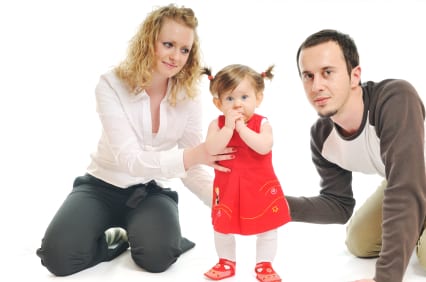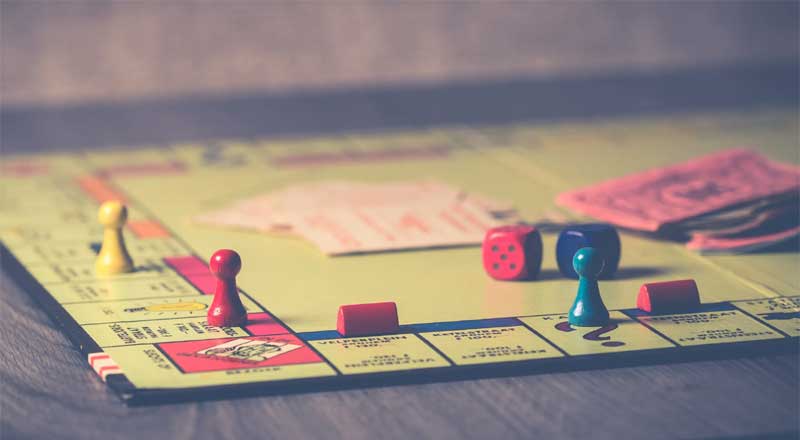 Nature is a remarkable thing. I am sure, as new parents, you have already experienced this. But, the innate abilities babies are born with never stops amazing me.
Nature is a remarkable thing. I am sure, as new parents, you have already experienced this. But, the innate abilities babies are born with never stops amazing me.
When a baby is born, it is perfectly capable of sensing “what," such as hot, cold, loud, bright, and “how much." A baby placed on the mother’s tummy will root around, searching for more warmth, until it finds the hottest spot – the nipple. (That may take the better part of an hour, but the test has been done).
The "how much" perception may even precede birth; we call it "intensity." The "what kind" perceptions comes a little later — we call them "sensations."
Sometimes I am asked what I mean when we say “mental development” and “leaps in mental development” when it comes to describing what’s happening inside your baby’s head. From a scientific perspective, we mean the natural growth of the brain and entire nervous system from a few neurons making connections in the embryo, all the way to the fully functioning brain and nervous system of an adult. Just like various physical parts of the body, the brain grows, adds new functionality, and matures. As it does (in stages, on nature’s schedule) the cranium grows, neurons are added, and successively higher perceptual functions emerge.
This is what is happening with every leap… more functionality, more skills to learn and master.
We know with indisputable certainty that all babies, no matter what, make 10 major, predictable, age-linked changes – or leaps – during their first 20 months of life. With each leap comes a drastic change in your baby’s mental development, but this development can also manifest itself as poor sleep, bad appetite, crying, clinging and crankiness. Hard on your baby and exhausting and frustrating mom and dad.
Why? Well, each leap sets the stage for the subsequent development of skills. So, suddenly, your baby can think, feel, notice and understand what is happening around him in a new way. These new, higher levels of perception begin to emerge one after the other in rapid-fire and, as amazing as this is it is also scary for the baby. These cognitive changes can influence what the baby can do and how he behaves. That is why, before he is comfortable exploring his new abilities, a baby often cries more, is more clingy and crankier.
You see, each stage or period of mental development described here is accompanied by an initial period of confusion as neural connections in the brain are rearranged. To the baby, this is bewildering. He’s taken aback — everything has changed overnight. It is as if he has woken up on a strange planet. In each case, the baby seeks reassurance, which means “back to mama.” Baby will cling, cry and get cranky. The clingy periods alert parents and make them worried, resulting in a more intensive care giving and interaction with their baby. This facilitates the new learning and helps the baby to make the leap into the new world.
When parents understand this, even before these periods occur, what each of these developments mean for a baby’s understanding of the world around him, and how he uses this understanding to develop the new skills he needs at each stage of his development, they can use this understanding of their baby’s developmental leaps to help him through these often confusing times in his very new life. They will be able to understand better the way their baby is thinking and why he acts as he does at certain times. They will be able to choose the right kind of help, as he needs it, and the right kind of environment to help him make the most of every leap in his development.





